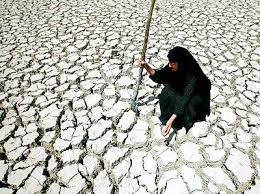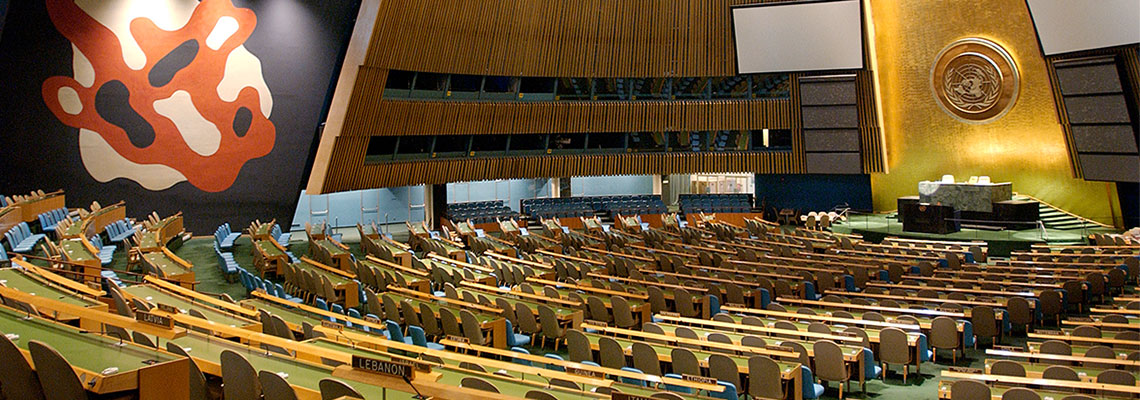 Nearly 9 out of 10 children in the Middle East and North Africa (MENA) region live in areas of high or extremely high water stress with serious consequences on their health, nutrition, cognitive development and future livelihoods, says the UNICEF.
Nearly 9 out of 10 children in the Middle East and North Africa (MENA) region live in areas of high or extremely high water stress with serious consequences on their health, nutrition, cognitive development and future livelihoods, says the UNICEF.
In its latest report titled: “Running Dry: the impact of water scarcity on children in the Middle East and North Africa”, the UN agency said MENA is the most water-scarce region in the world. Out of the 17 most water-stressed countries in the world, 11 are in the MENA region. Nearly 66 million people in the region lack basic sanitation and very low proportions of wastewater are adequately treated.
The report, released on the occasion of the World Water Week, highlights key drivers behind water scarcity in MENA, including rising agricultural demand and the expansion of irrigated land using aquifers.
While globally agriculture accounts for an average of 70 % of water use, it is more than 80% in the MENA region. Additional factors contributing to water scarcity include conflict especially in Syria, Yemen and Sudan, migration of people from rural to urban areas, population growth, poor water management, deteriorating water infrastructure, and issues with governance.
“Water scarcity is having a profound impact on children and families, starting with their health and nutrition. Water scarcity is also increasingly becoming a driver for conflicts and displacement,” said Bertrand Bainvel, UNICEF Deputy Regional Director for MENA.
For his part, UNICEF regional advisor Chris Cormency said: “children in many countries of the MENA region, are increasingly having to walk long distances just to fetch water instead of spending that time at school or with their friends playing and learning”.
The MENA region is the most water scarce region of the world. By the year 2050, two-thirds of MENA countries could have less than 200 m3 of renewable water resources per capita per year.


